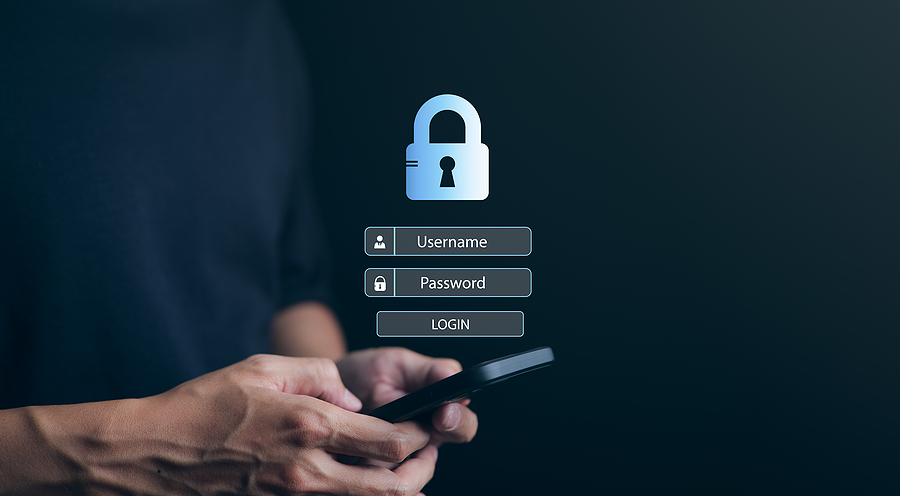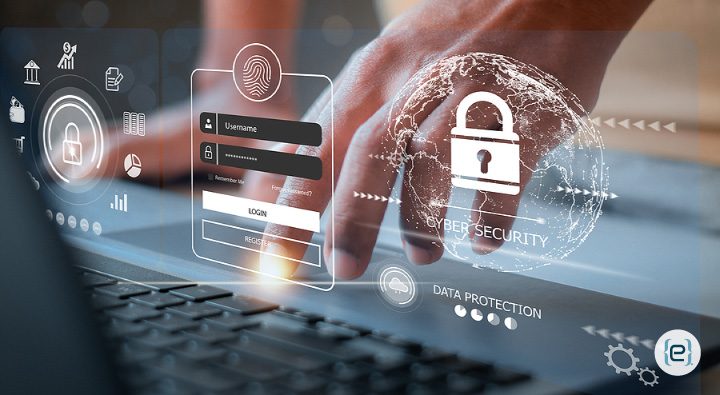Is your organization trying to enhance its efficiency by accomplishing more with fewer resources? The rush to do more with less can sometimes lead to deadly consequences, as bad actors exploit gaps in Cyber Security defenses.
One crucial way to help prevent this involves changing the default administrator usernames to something unique and secure. An experienced Cyber Security solutions provider can help you to implement this vital strategy.
A default system administrator username, also called an admin, is a pre-configured name set by manufacturers or developers. Users utilize this username for software, operating systems, or hardware devices. Consider a router, which connects computers and other devices to the Internet and acts like a traffic controller for information. It decides the best path for data to travel and tries to keep it safe from cyber threats.
But the default admin usernames of many routers, along with many “smart” devices, often consist of simple, easily guessed combinations like “admin,” “administrator,” “root user,” or “superuser.” Cyber Criminals know this and may attempt to gain access by using one of those usernames — along with various password combinations — to gain access to the wider digital system and install malicious software, alter system settings, create additional user accounts, access files and steal data, while potentially moving laterally to compromise other systems.
Change is Good
Hackers often target routers to monitor a user’s actions and devices on their Wi-Fi network, tracking websites, services, and access times. To help foil hackers and other bad actors, Cyber Security professionals recommend changing the default administrator username on routers and other devices. They suggest using a custom, unique, and less predictable “unlicensed” username.

An “unlicensed user” is an account with a unique username that does not have any specific licenses or privileges. For added security, consider selecting a username that doesn’t give away its administrative status. For example, instead of naming an administrator account “admin” or “administrator,” a business might choose a more obscure and less predictable username, like “muggyscugglemeyer” or other unique one. Using a unique admin name can help organizations improve accountability and makes it harder for attackers to guess administrative credentials.
Also, if you share a default admin name among multiple users, it becomes difficult to track specific actions of individual users. But if a user without a license is assigned as the admin, each user can easily identify them. This promotes a sense of responsibility and simplifies the process of investigating and addressing security incidents.
Swapping Out a Default Admin Username for a Customized One
It is an important security step, but it should not be done as a stand-alone tactic.
Instead, developing a unique admin name should be considered as a component of a layered Cyber Security strategy that includes such steps as ensuring that software and firmware patches are identified and applied promptly; encrypting data that is in transit and at rest; implementing a comprehensive, automated data backup and restore plan; and conducting periodic risk assessments and penetration testing to highlight security vulnerabilities in your organization.
Effective organizations depend on their digital systems. It is important to address vulnerabilities to strengthen defenses against cyber threats. This includes reducing the risk of brute force attacks, improving user accountability, and decreasing the chances of successful targeted exploits.
Addressing vulnerabilities also helps organizations follow established best practices. This also helps in following established best practices. By making a simple adjustment to their default admin names, businesses can help create a more secure digital environment. This not only protects sensitive information but also fosters a culture of proactive Cyber Security. Your professional IT Consultant can help you with these and other important strategic moves.






